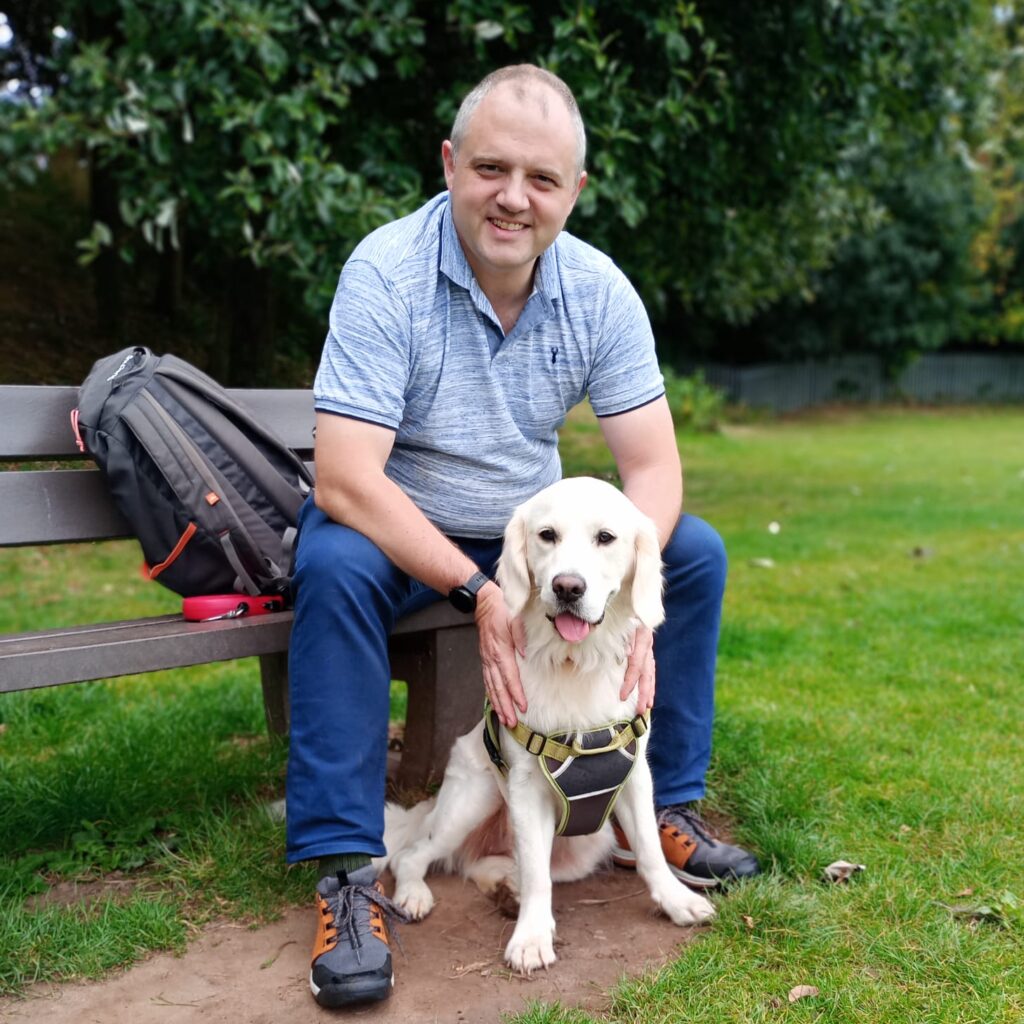Also on 1 Corinthians 12


Further Reading
Studies in 1 Corinthians 12
shepherds of the
Body of Christ
Just as a body, though one, has many parts, but all its many parts form one body, so it is with Christ. For we were all baptised by one Spirit so as to form one body – whether Jews or Gentiles, slave or free – and we were all given the one Spirit to drink. And so the body is not made up of one part but of many…
1. The Church Is Meant to be Diverse
It’s clear from the passage that the church should be diverse – really diverse. Imagine looking for the first time at an eye, a hand and a liver. What’s the difference? Basically everything!
Now of course if you look at them more closely, through a microscope, say, you’ll find that they are similar at the cellular level. They are all basically made of the same stuff, share the same DNA, need the same nutrients, but they receive those things differently, and do different things with them.
None of them functions well on their own; all of them need to be part of the body. What’s the point of a disembodied hand or eye? We need different parts of the body because they have different strengths and weaknesses and functions.
Now that means that the church should contain hands and eyes and livers and all the other parts of the body. In order for the church to be the church, it needs to be diverse.
We need to be diverse in age, gender, race, social class, political outlook, marital status, life experience, neurotype, sexual orientation and everything else. Otherwise we just have a church like a body made up of eyes – really good at seeing, but no use at anything else. Or a body made up of hands – it wouldn’t be good at anything except crafts, but it can’t even see to do that!
The church should reflect the local community in all the ways the local community varies. Maybe it should even be more diverse than the local community – if you had the situation where two communities close to each other each functioned as racial ghettoes – say one black, one white – then a healthy church would need to draw from both.
The church needs members with autism and ADHD in order for it to be healthy.
2. The Church Needs Diverse Leadership
We could trace this theme through Acts. So the church starts with uniformly Hebraic Jewish leadership. The first extra diversity to be added is a subculture / language one – Hellenistic Jews (i.e. more influenced by Greek culture, Greek as a first language). This rapidly leads to a situation where the Hellenistic Jews are experiencing structural discrimination – i.e. it’s not intentional, it’s the way that things were set up, so that’s what needs to change. The apostles’ response was to appoint seven Hellenistic Jews into leadership in the church (Acts 6:5).
By the time that the church has reached its first Gentile-majority city – Antioch, the church there has leaders with a mixture of Jewish and non-Jewish names, different backgrounds and races (notice “Simeon the Black Guy” and Manaen who seems to be some kind of Roman aristocrat Acts 13:1).
Wherever the church goes, the membership and the leadership are ethnically, culturally and linguistically representative of the place where the church is.
The same is true using the metaphor of the body. Just as the church is the diverse body of Christ, so those who lead are also called to represent the diversity of the community and the church.
This also fits with modern research into leadership teams. This suggests that the more diverse the team is, the more effective it is at leading. We need people with autism and ADHD in leadership positions in the church for it to be as effective as it can be.
3. We Lead a Diverse Body
This has implications for how we lead as well.
For example, it’s easy to have in mind standard routes for how people come to faith, that often look a lot like the route by which we came to faith. If we set our church up around the model of emotionally repressed people from boarding school becoming Christians on Christian summer camps, then we’ll get lots of emotionally repressed people from boarding schools, and not many others. If we set our churches up around the model of people coming to faith through emotional encounter during sung worship, then we’ll get a lot of people who have strong emotional experiences, and not many others.
But God relates to each of us as individuals, recognising that we are different and diverse. A massage might be good for a foot or a back, but it’s a bad idea for an eye or a kidney.
So if we set our church up around a standard way for people to come to faith, we’re denying that the church should be a diverse body. We’re failing to recognise the body of Christ (1 Cor 11:29).
Likewise, if we have a standard pathway for people to take through our churches, we’re failing to recognise that different parts of the body might need different things. Different people will grow in different areas at different rates. Some will need friendship and stability, others will need transformative worship, others will need solid teaching. We should provide a healthy varied diet.
If we expect different people to bring the same kind of benefits to those around them, we’re again failing to understand the body of Christ. An eye produces electrical signals about the outside world; a hand changes things in the outside world; a kidney never sees the outside world but is really effective at cleaning the blood. This is also the answer to the question about what the value of non-verbal autistic people is. We measure the value that someone brings by the difference that they make, and many non-verbal autistic people have wonderful gifts of growing the fruit of the Spirit in those around them.
John Allister
John Allister is the vicar of St Jude’s Church in Nottingham, England.
He is autistic, and has degrees in Theology and Experimental & Theoretical Physics.



